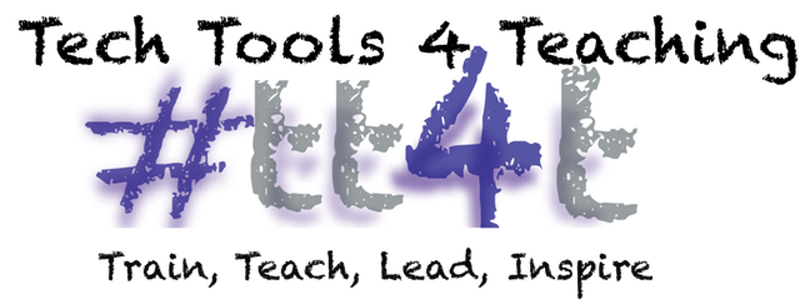We've all heard of six degrees of separation. That is we are all connected in some way through connections of six people. Our students are not separated by six degrees, but rather by a six year generation gap. In school there appears to be two generations that are about six years apart. Think about it. Consider the technology skills of a 12 year old and the technology skills of an 18 year old getting ready to graduate from high school. Their skill sets are very different.
This younger generation knows how to leverage technology in a way that is transformational. We could call them digital synthesizers. These kids learn new skills on YouTube, publish content on YouTube, post their thoughts on blogs, Reddit, and other digital platforms. They connect with others, but not on Facebook. They view Facebook as too mainstream - where their grandma's can see what they are up to. These kids will be on Google plus hanging out, Instagram, Twitter and Kik. They capture images and videos throughout their day and turn their media into shareable projects.
It's about six years. The 18 year old will know how to view media, connect on social media, but they can't compete with the exposure that six years gives their younger counterparts. Digital synthesizers are not impressed with shiny new iPads or Chromebooks or other tablets. Give them any piece of hardware and watch the magic happen. They will produce, share and collaborate. They are not just natives to technology, they are natives to social media and creation tools.
According to Malcom Gladwell, author of Outliers, The Story of Success, it takes 10,000 hours to master a skill. So I wondered, does a 12 year old today get a 10,000 hour advantage over a current 18 year old? If you consider the 365 day a year times 6, the difference in years, that equals 2,190 extra days of technology use and exposure. If a kid spent 4 hours a day using technology tools, then that is close to 10,000 hours. 8,760 extra hours of practice to be exact.
Digital Natives
|
Digital Synthesizers
|
Use email
Use Facebook
Collect digital images to share
Read blogs
Proficient in word processing, spreadsheets, and slide presentations.
Text Messaging
|
Use hangouts
Use Reddit, Google+
Curate images online with Pinterest, Scoopit
Edit photos before posting
Capture, create, and post videos to YouTube
Proficient in creative applications and online publishing
Information hounds,
Verify and question information
|
So what does this mean for teachers? It means we need to think flexibly. What worked for our students 5 years ago may not work for our students today, and it certainly won’t work for our students tomorrow.
It means our students are growing more comfortable with the tools around them and how they integrate into their lives. We need to continue to evolve in how we integrate these tools into our lives so we can help students make the connection between learning and these tools. While they may be more knowledgeable or comfortable with the tools, we have the wisdom and experience to provide the context for how these tools can improve their learning and apply to future careers.
It means the type of information we require from students must stem from higher order thinking like Bloom’s taxonomy. If we continue to ask questions requiring regurgitation our students will continue to be bored and disengaged. Siri can answer most basic questions for them. But if we change our pedagogy to require analysis, creativity, and application, then our students will be better thinkers. Six years should be enough time to get teachers on board don’t you think. It is time to adjust to our digital synthesizers. Sorry 2013 grads- you'll have to spend many hours of practice to catch up!
Written by Jennifer Krzystowczyk and
Guest Blogger Dave Zukor, from Wayzata Public Schools, MN


No comments:
Post a Comment